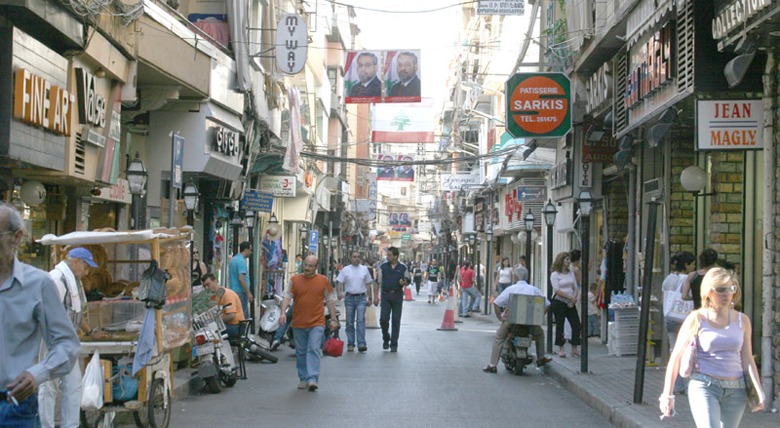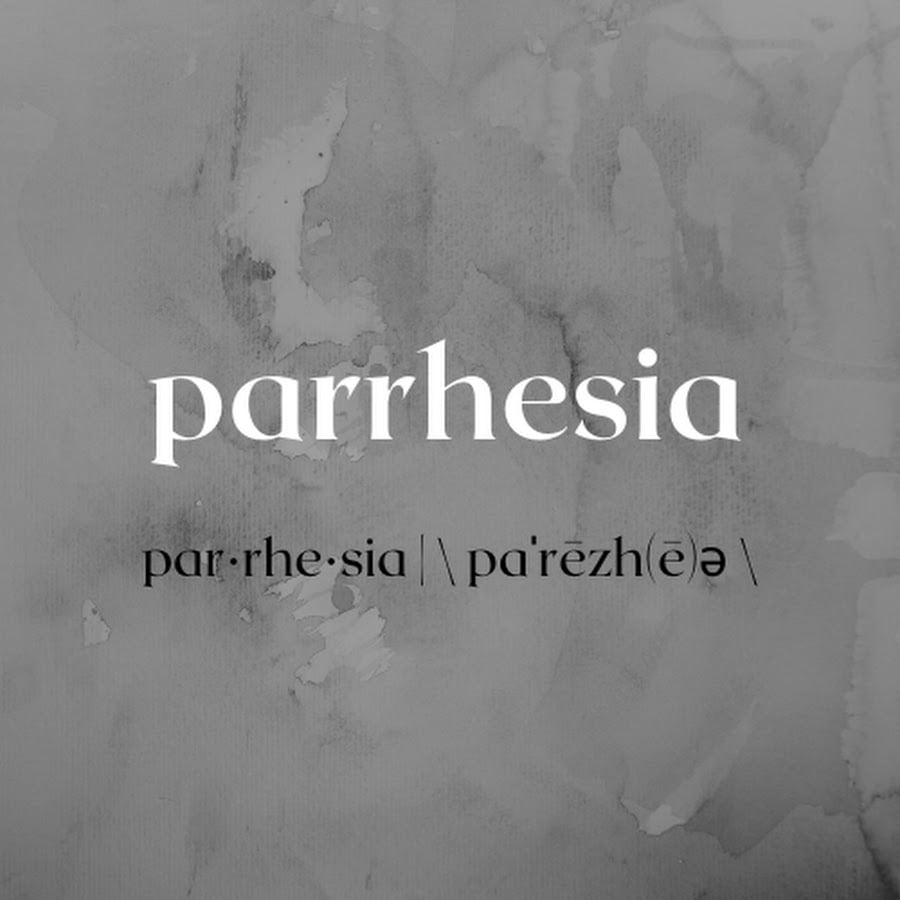Diaspora, Kavar and Transformation


French chemist Antoine Lavoisier stated, "Nothing is lost, nothing is created, everything is transformed." What we experience in our neighborhoods in Lebanon is the embodiment of this statement. Our lives in the Diaspora - especially in Beirut's Bourj Hamoud neighborhood - have been a kind of reproduction of what Armenians lived in their historic homeland, and this has been the basis of our identity. More than a hundred years later, we are still trying to stay connected to the land and the roots, to reproduce the components of our Armenianness. We give shape to the soil, water, air, and fire of kavar (the historical homeland where Armenians, mostly peasants, lived), which we have never seen, but which we find in literature, through the church, culture, language, and the struggle for existence.
Until recently, I never felt it necessary to step out of the confines of my life surrounded by the tricolor flags hanging from the windows on the upper side of Bourj Hamoud, the voices of people playing backgammon below, people sharing the latest Armenian news in coffee chats on the right, and walls adorned with Armenian graffiti on the left. I thought that I was in a place where I had the means to live out all the values of my identity and it was natural for me not to want to leave. Armenian churches of three different denominations, schools, theaters, cultural centers, civic associations, clinics, workshops, and moreover, a neighborhood where only Armenians resided... In short, Bourj Hamoud had everything one needed to keep one's identity alive and one of its most fundamental factors, one's mother tongue. Having said that, let me state that the purpose of this article is not to romanticize Bourj Hamoud, but to try to understand the different spatialities and temporalities that were established there.
French philosopher Michel Foucault uses the term "heterotopia" to describe spaces such as mirrors, ships, theater halls, bathhouses, prisons, etc. that create a kind of other world within the world. The concept of heterotopia refers to counter-spaces that actually exist, but are inverted. Bourj Hamoud, for example, is located on the outskirts of Beirut, the capital of Lebanon, and simultaneously it is considered an important center of the diaspora for Armenian diaspora communities. It still has an agency that stubbornly continues to reproduce Armenianness, even though with different paces every now and then, and creates a reality that is different from its surroundings. This reality created by Bourj Hamoud connects even those who no longer live there to the neighbourhood. In the last few weeks alone, two theater performances were held here, a documentary about Artsakh was screened, and four theater performances will be held in the coming days. Of course, other than the events that take place outside of Bourj Hamoud. The source of this driving force is both associations and individuals.
In addition to being a space for cultural productions, it is noteworthy that Bourj Hamoud itself is a production in its own right. In an interview with "Aztag'' newspaper, Ara Madzounian, speaking about his photographic essay titled "Bird's Nest," states: "There is the Bourj Hamoud of our collective imagination, and there is the Bourj Hamoud of our individual impressions. I tried to create a dialog between the photographs and the writings. In fact, I wanted this essay to be the beginning of a dialogue about the hundred-year history of the emergence of Bourj Hamoud and how much our imagination or impressions of this place overlap with each other." For Lebanese Armenians, Bourj Hamoud, with its way of life, crafts, and culture, represents above all the idea of a lost homeland. Where else will you find a community that, in the late 1920s, built their church, stone by stone, with their own hands of craftsmen, on their way back from their work, and the church still exists today as Forty Martyrs Church (Srpots Karasnits Mangants)? In parallel, there is a Burj Hamoud that is connected to Lebanon's internal affairs, political and economic issues. Through these relations, different temporalities of Bourj Hamoud emerge, that is, on the one hand, there is the temporality of memory, an Armenian memory that operates cyclically, that is passed down from generation to generation rather than being lived in the year 2023, and on the other hand, there is the linear time imposed by the conditions of the country, daily life, and the dominant system.
During the online kavar literature meetings we organized at the Parrhesia Collective, we reflected on Hamasdegh's characters and the importance of keeping the history of kavar alive, as well as on the works of Khrimyan, Srvantsdyants, and Zartaryan, based on Hagop Oshagan's "Panorama of Western Armenian Literature." Through these literary works, we were able to excavate the lives of those who nurtured the homeland and we came to a realization that rural literature is a means to understand the nation, as well as it is a return to the homeland, back to the roots, for both the writer and the reader. Following the atrocities of the genocide, the survivors lived in the proximities of their homeland not only to facilitate their return when the time comes but also due to their strong connection with the land, as seen in the kavar literature. Today, while those who were deported from kavars now exist as diaspora Armenians, and while the land of kavar is replaced by Bourj Hamoud, as a heterotopia, Bourj Hamoud becomes the driving force for reproducing Armenianness and becomes a transformed kavar.



